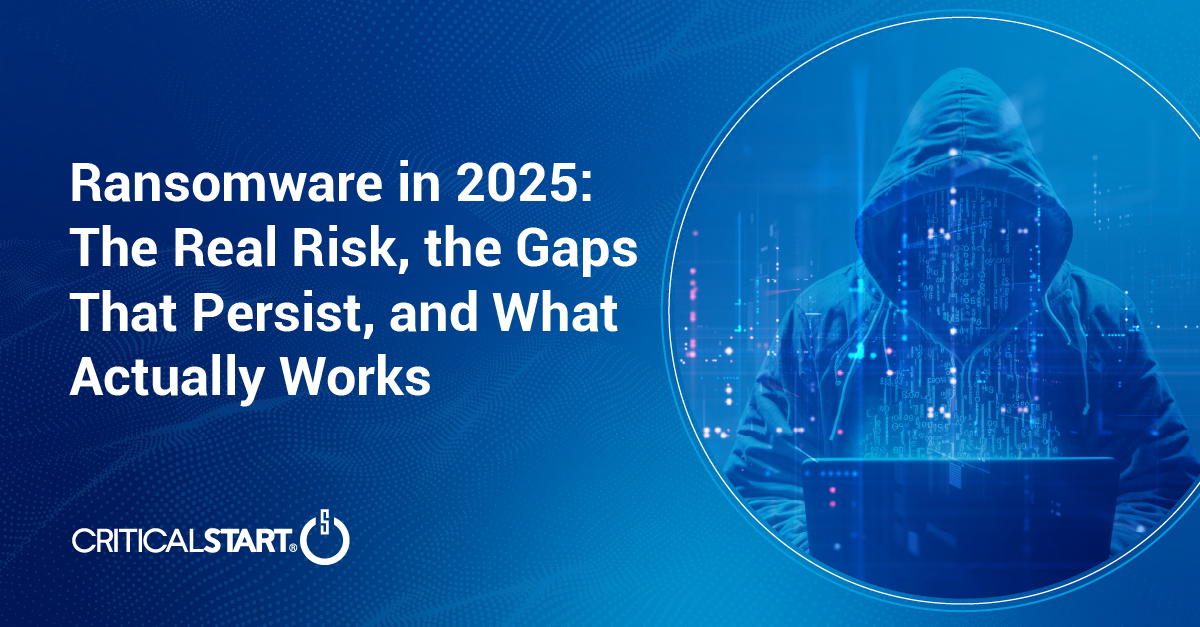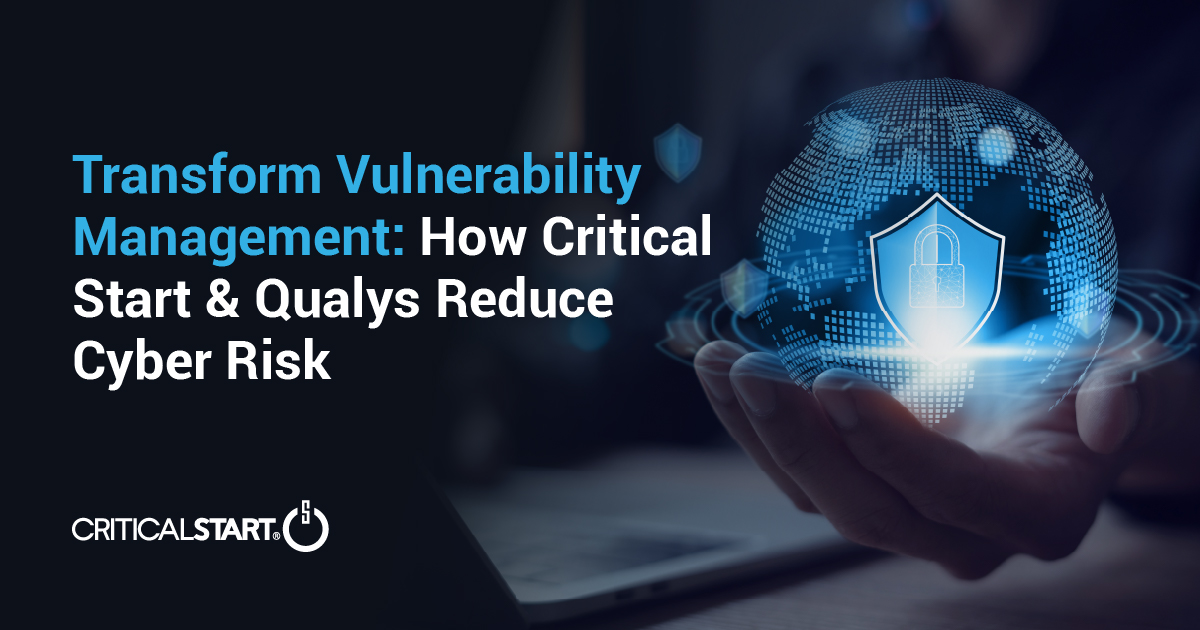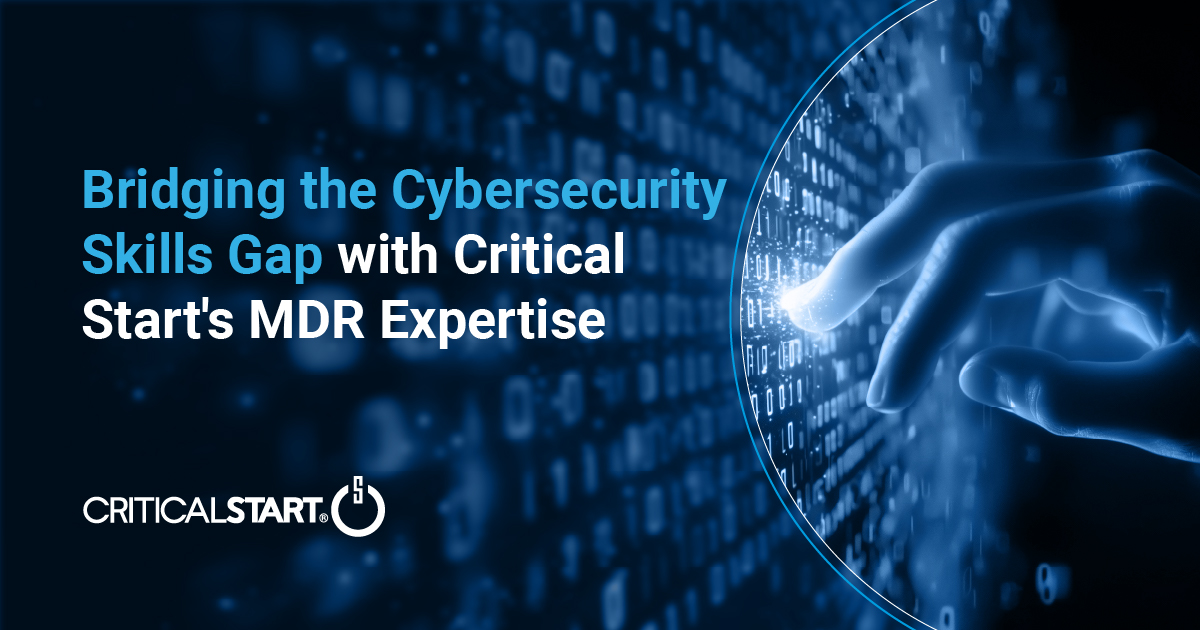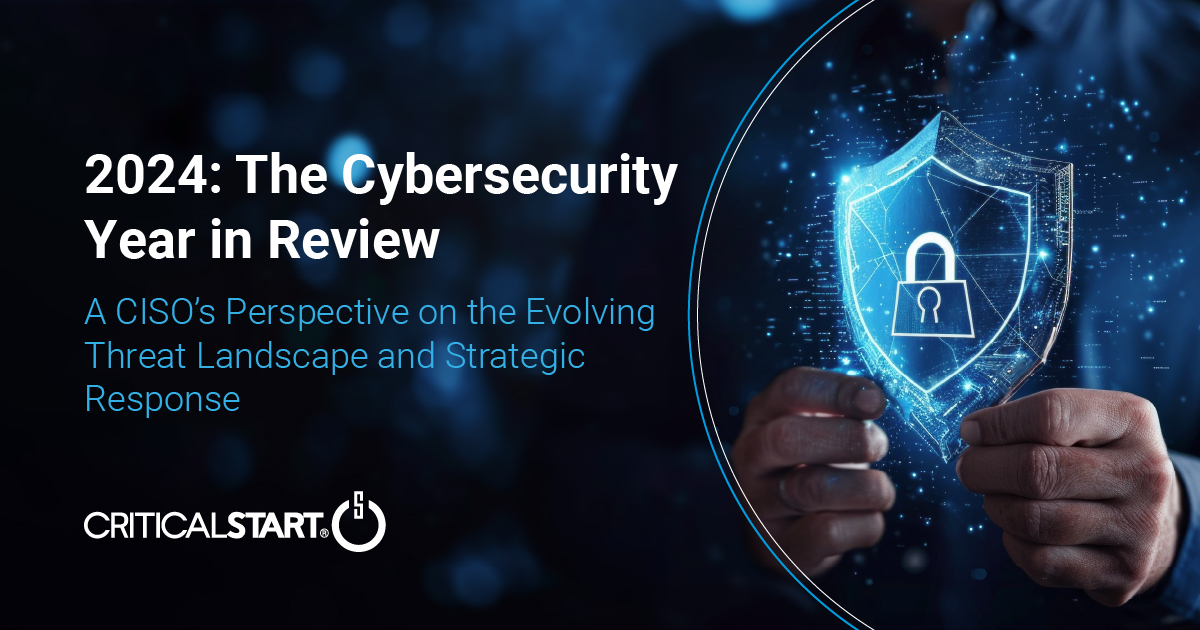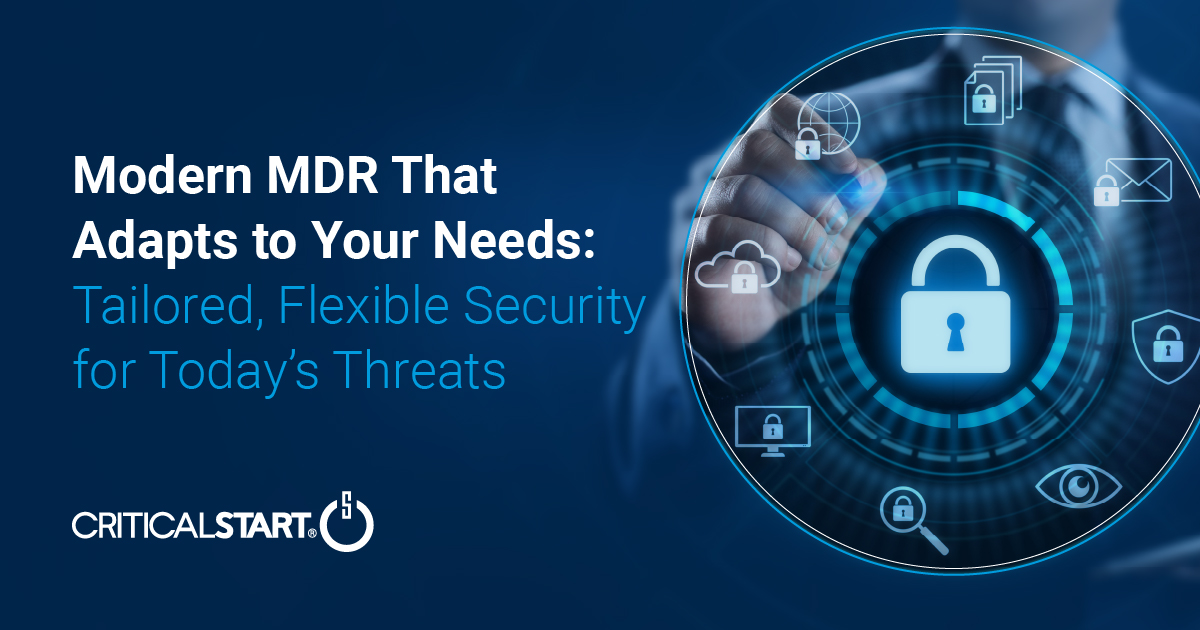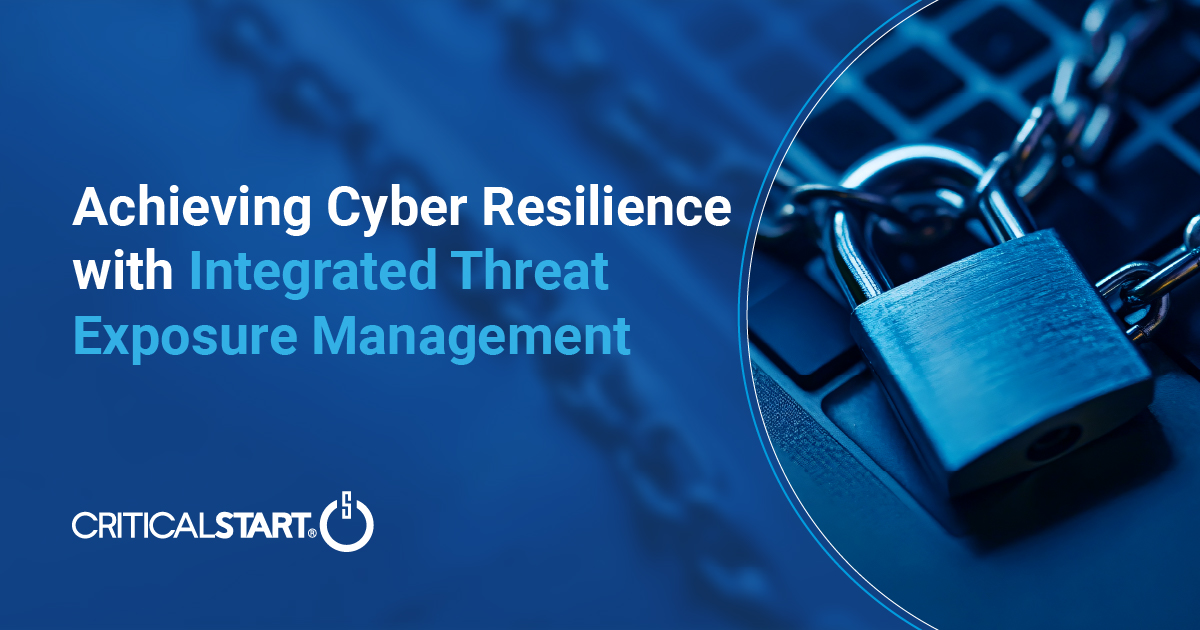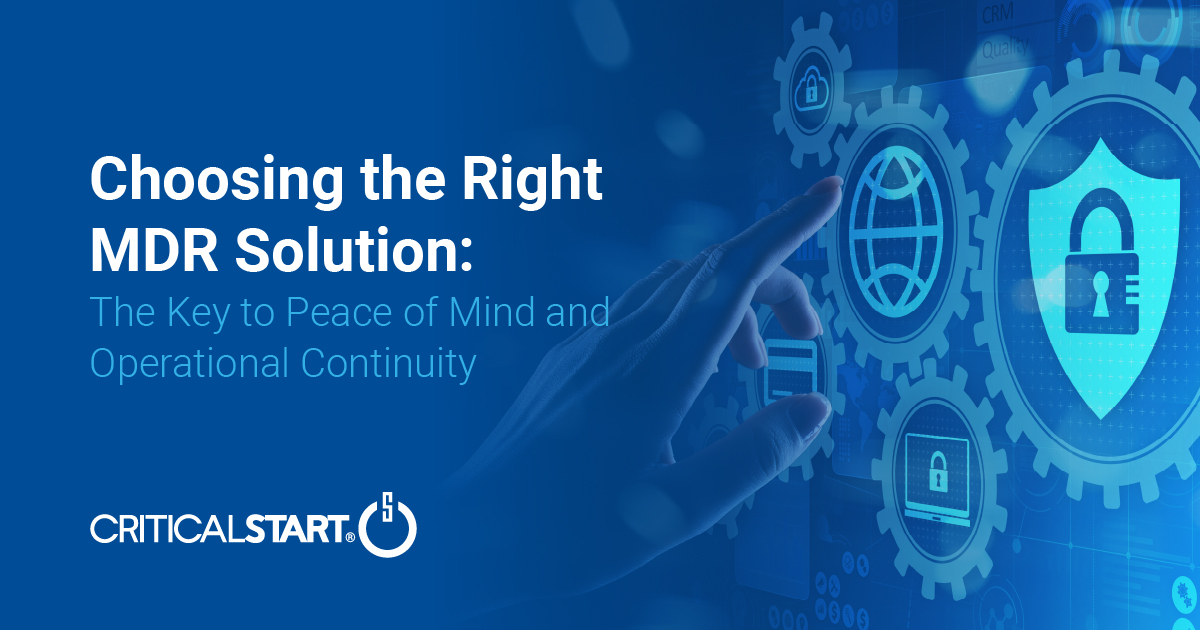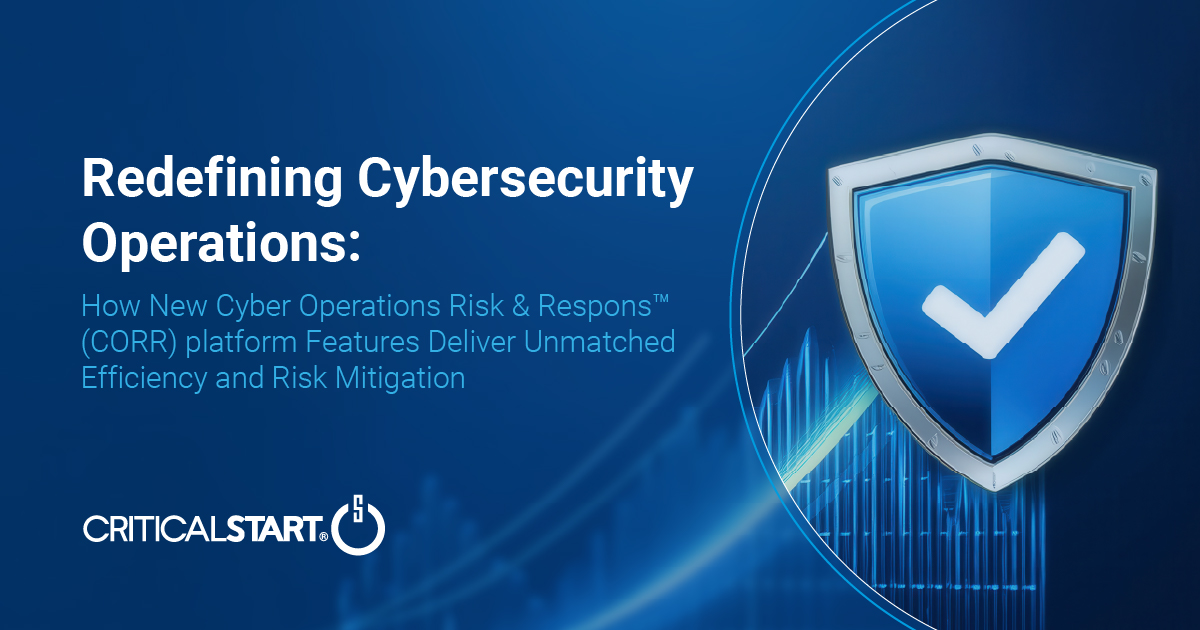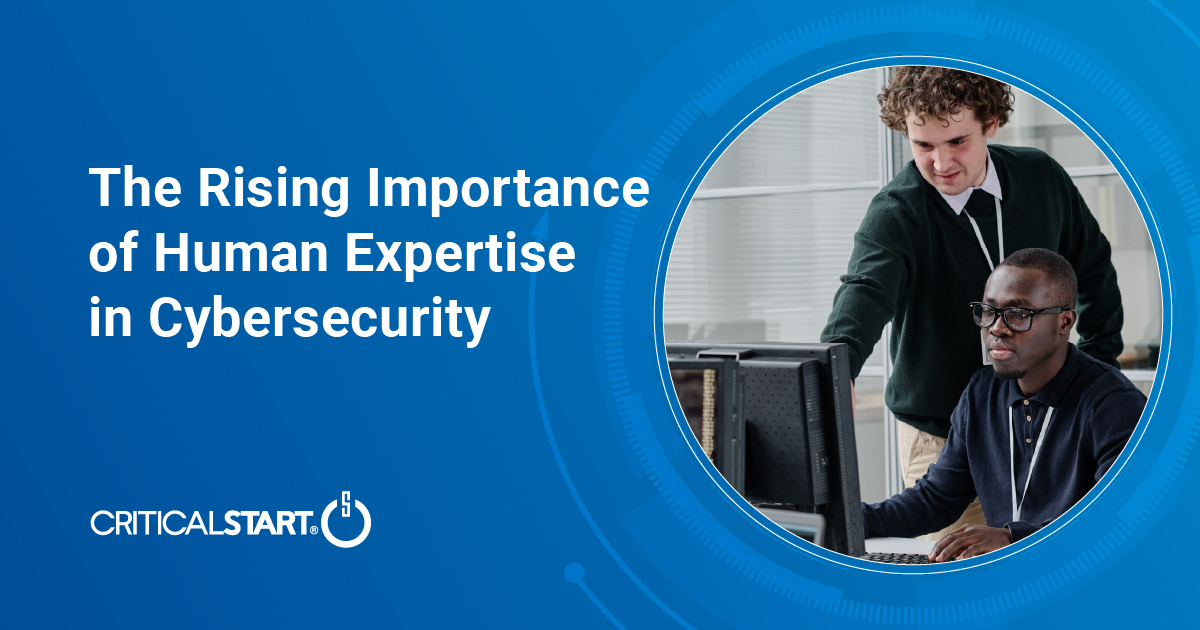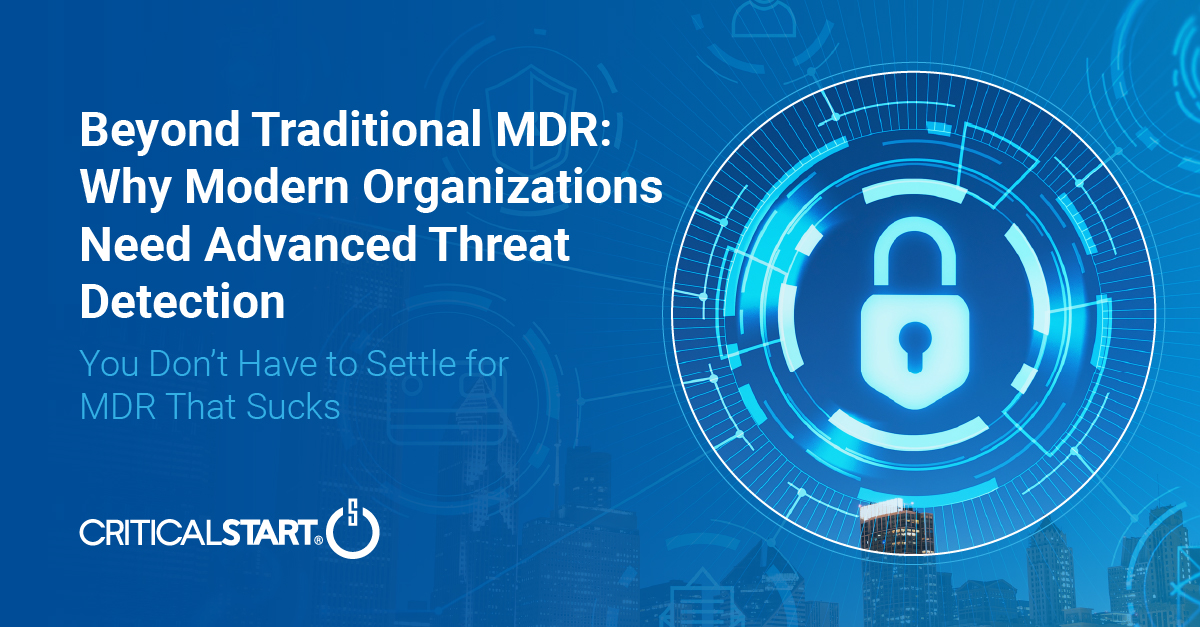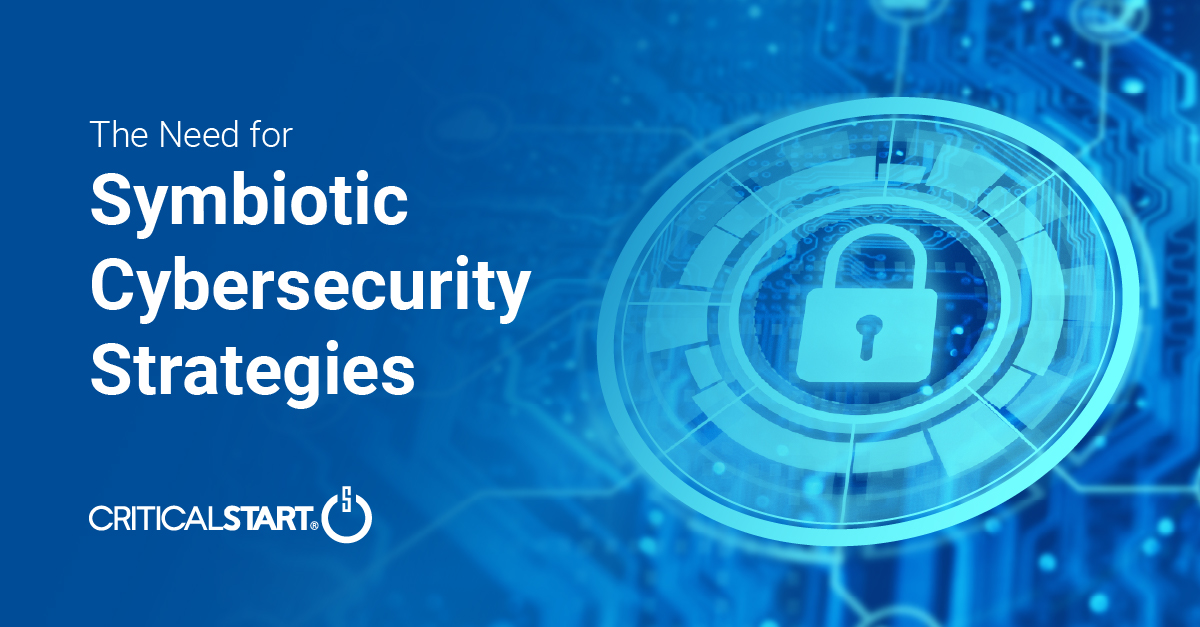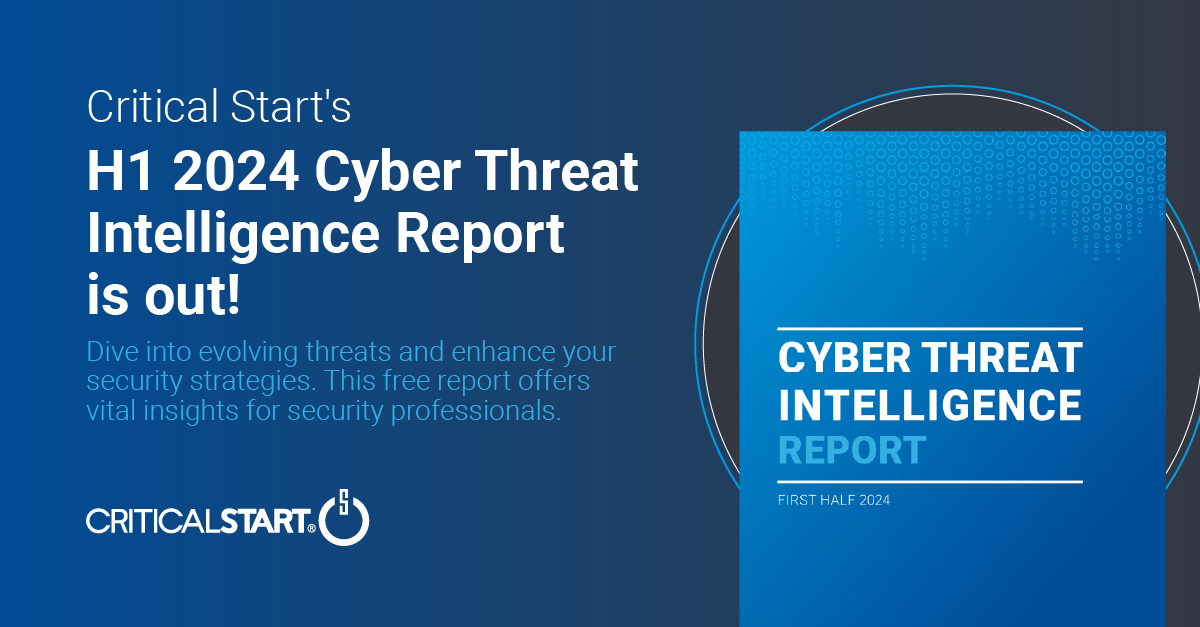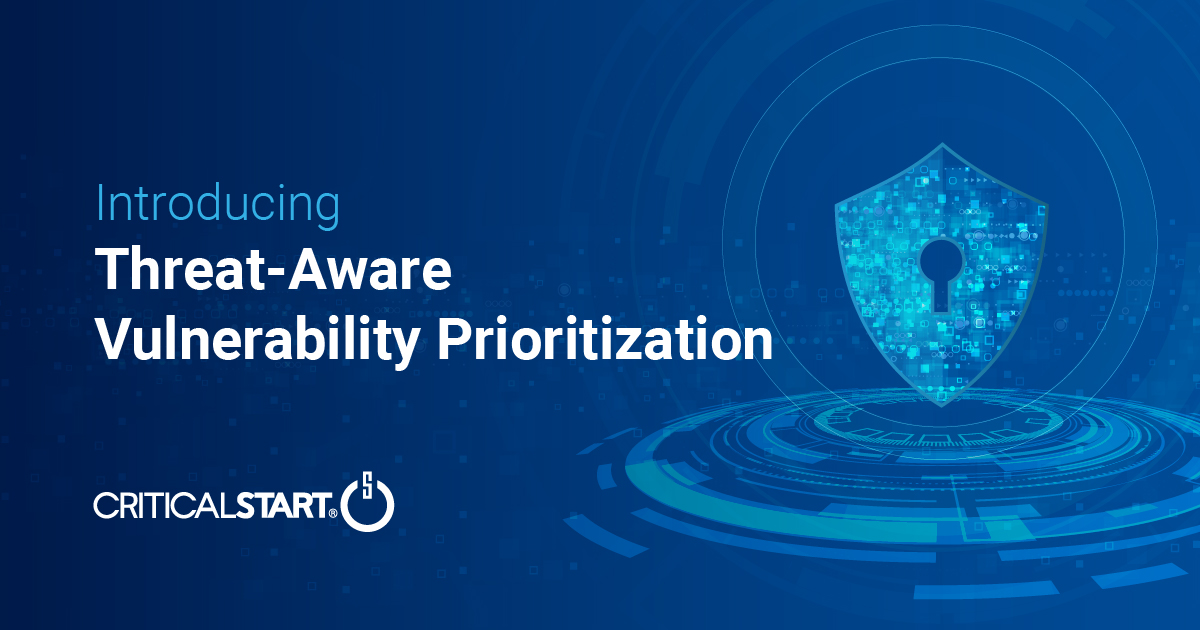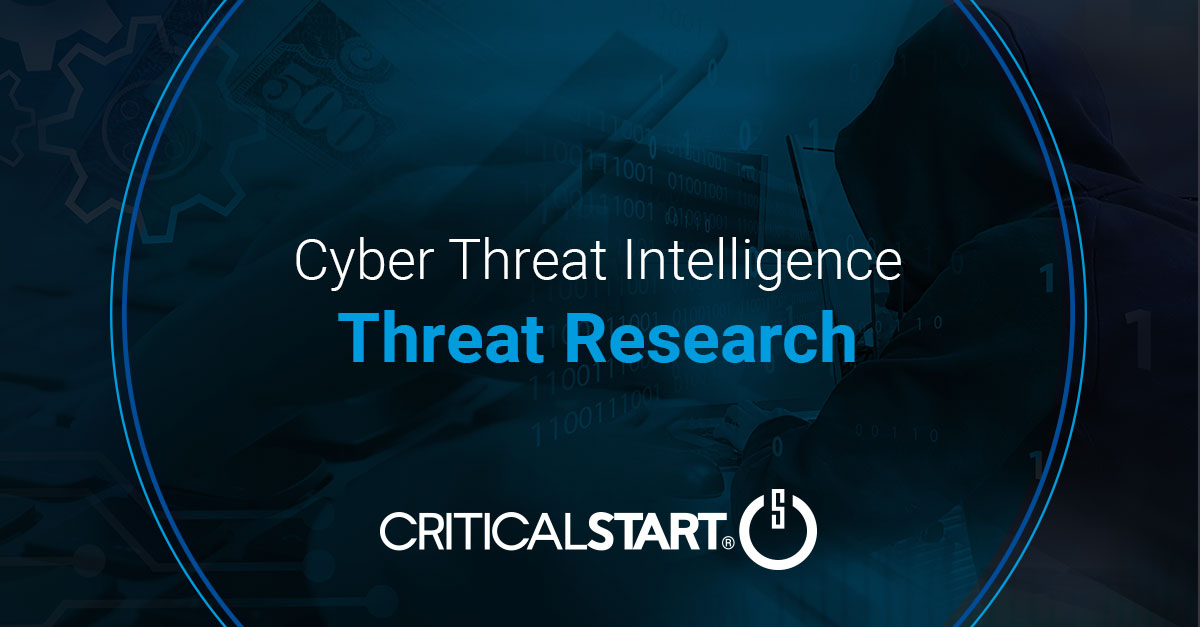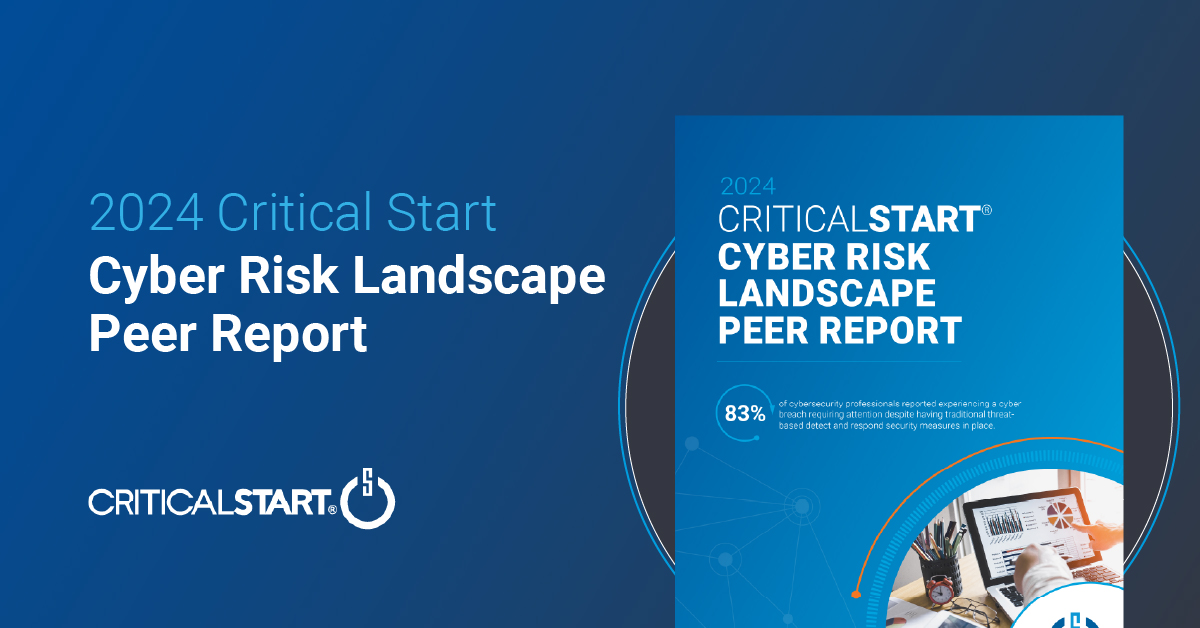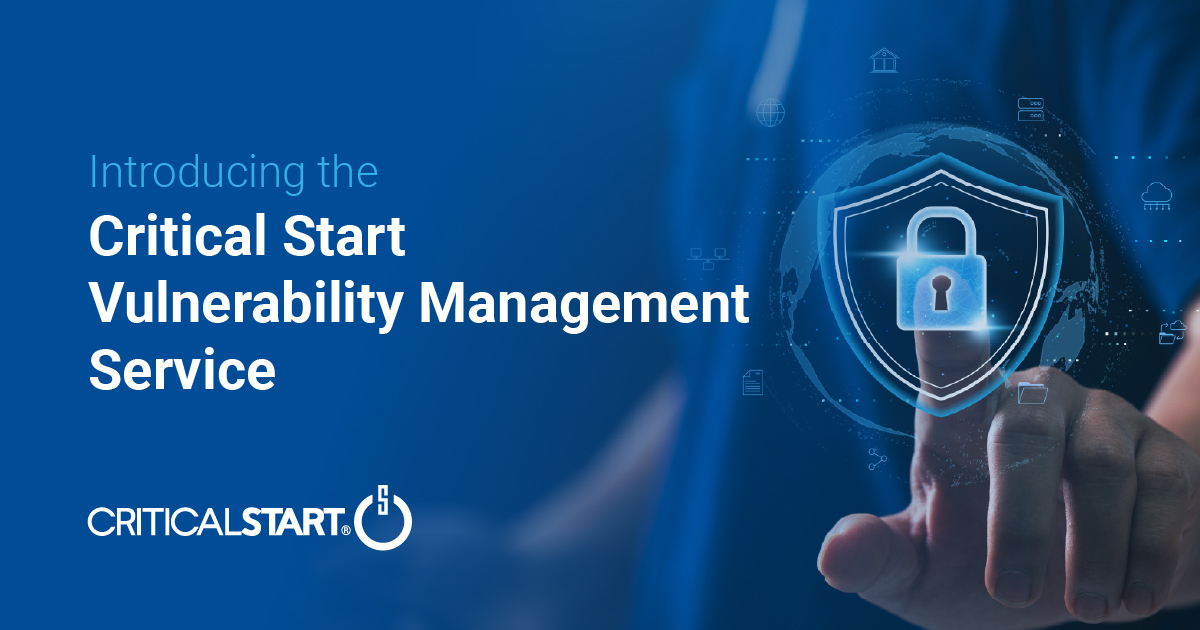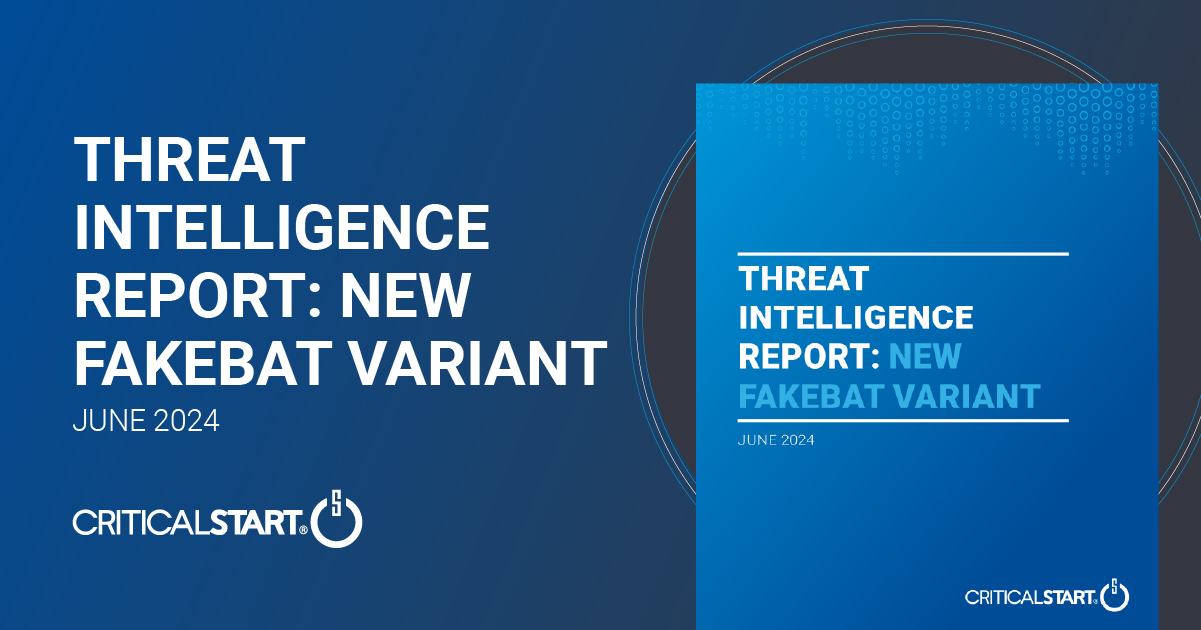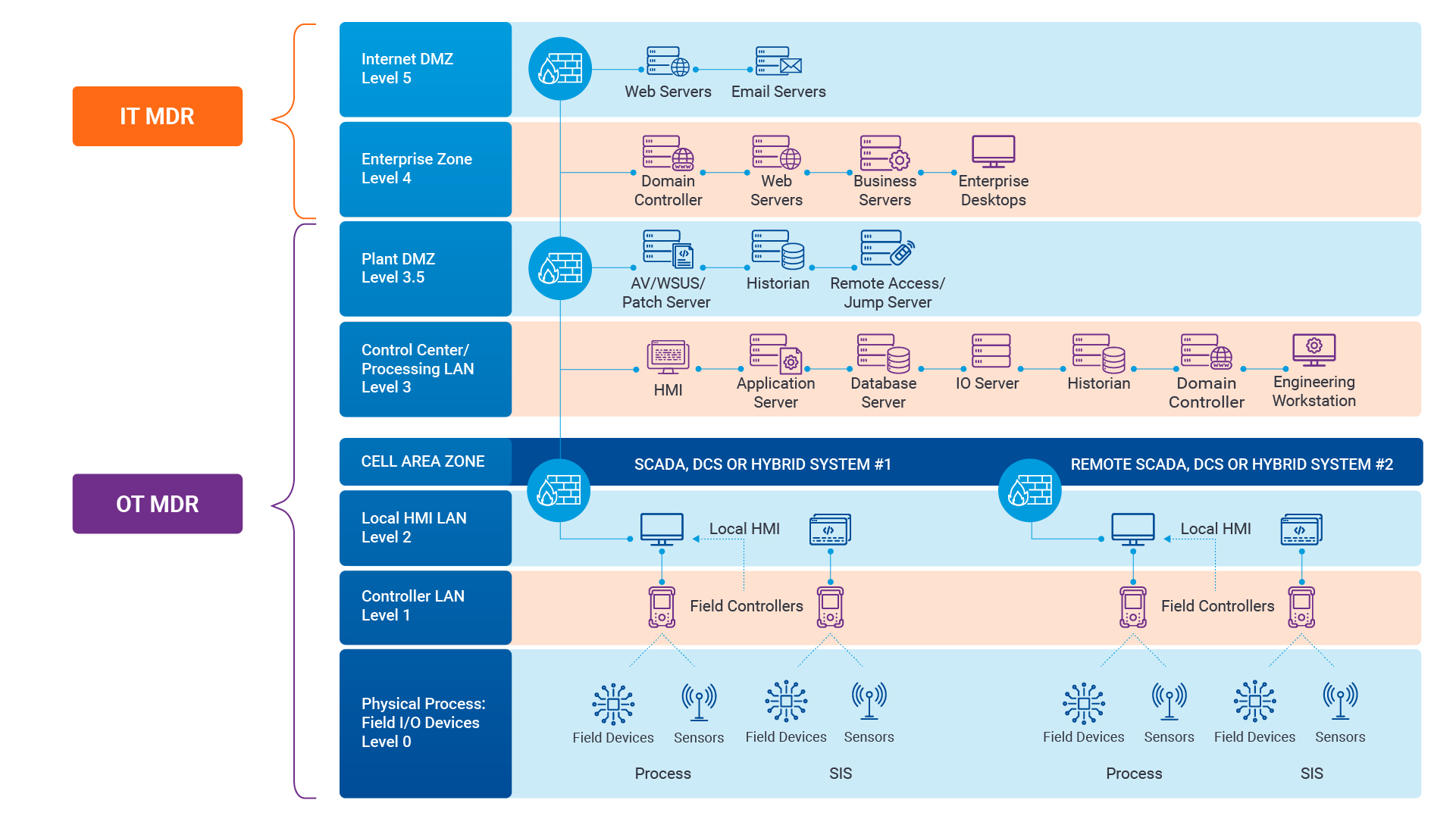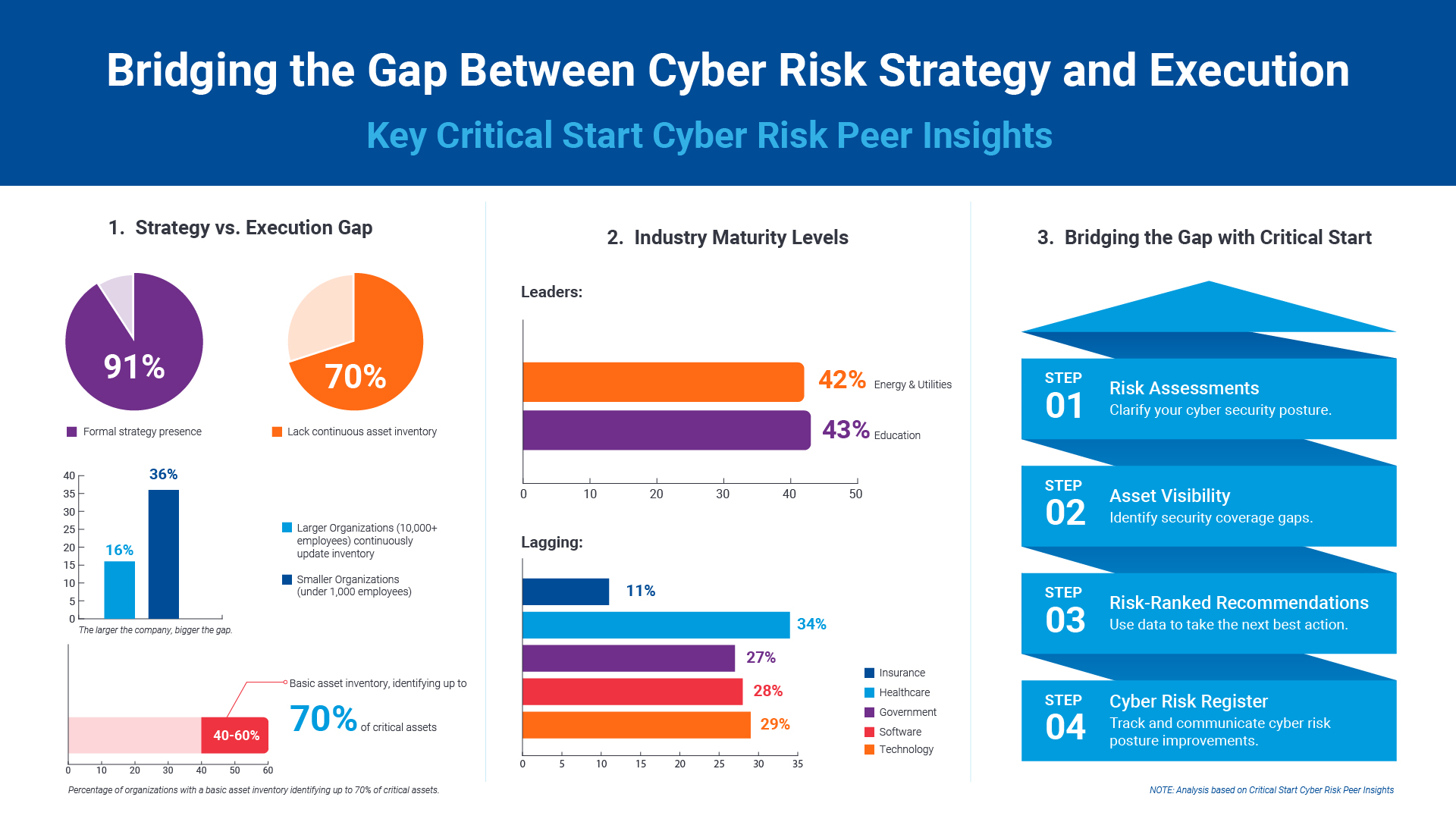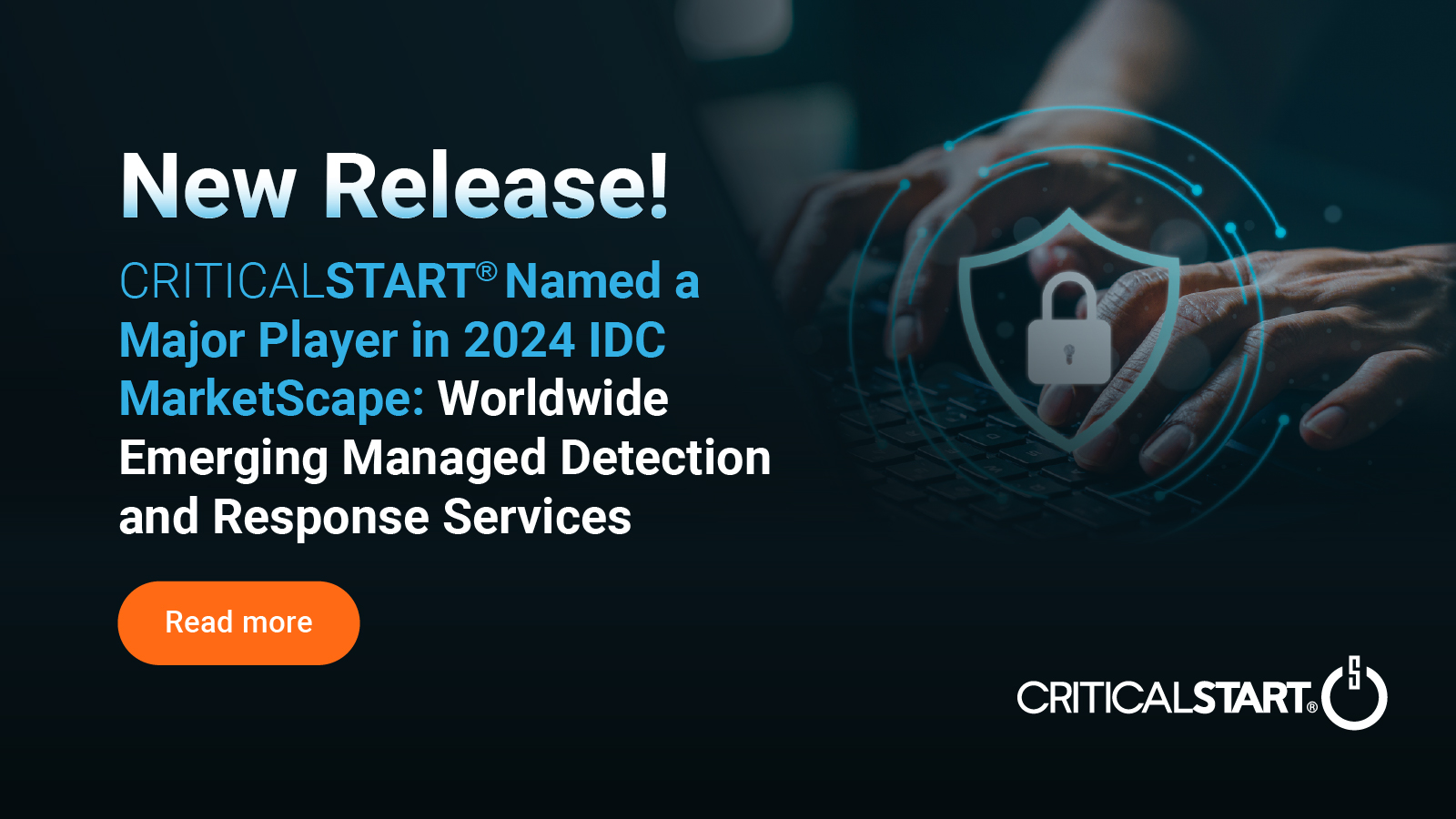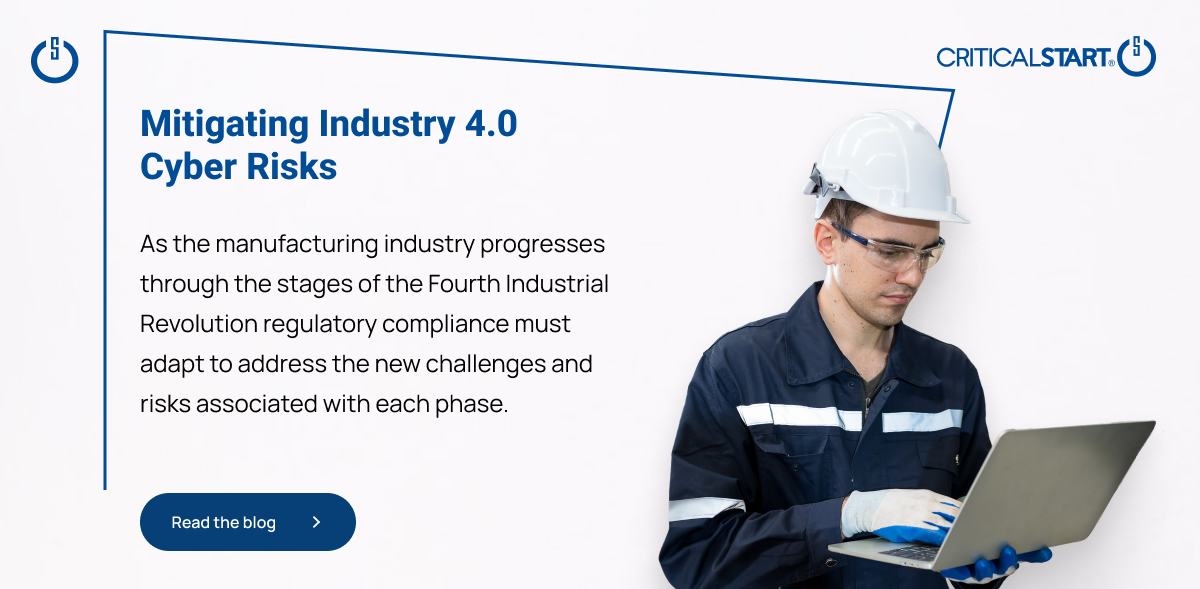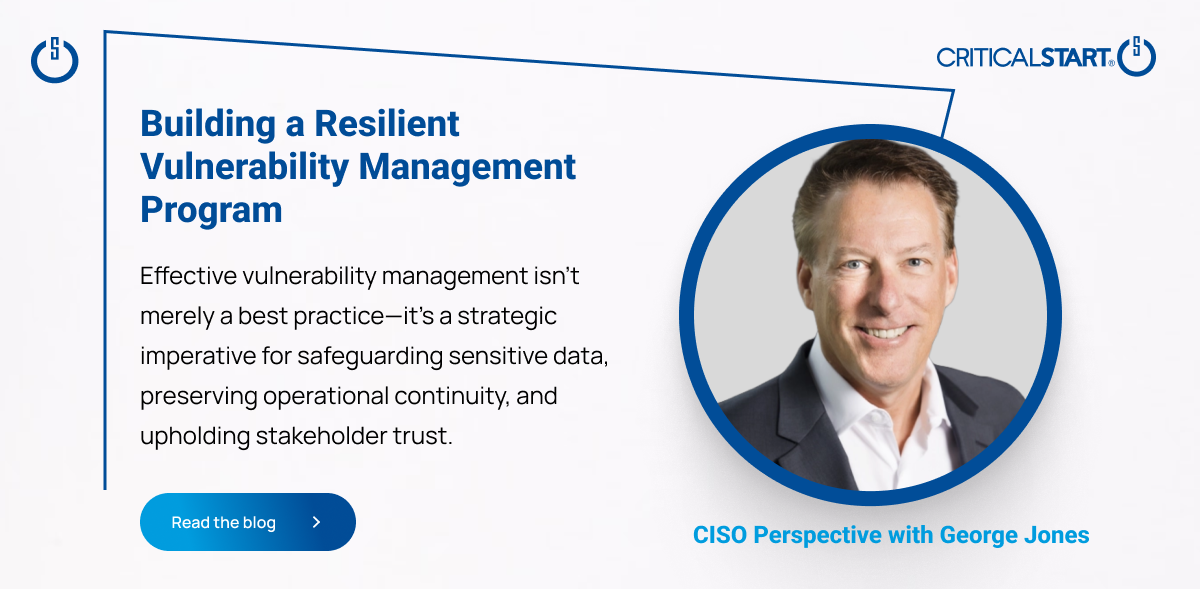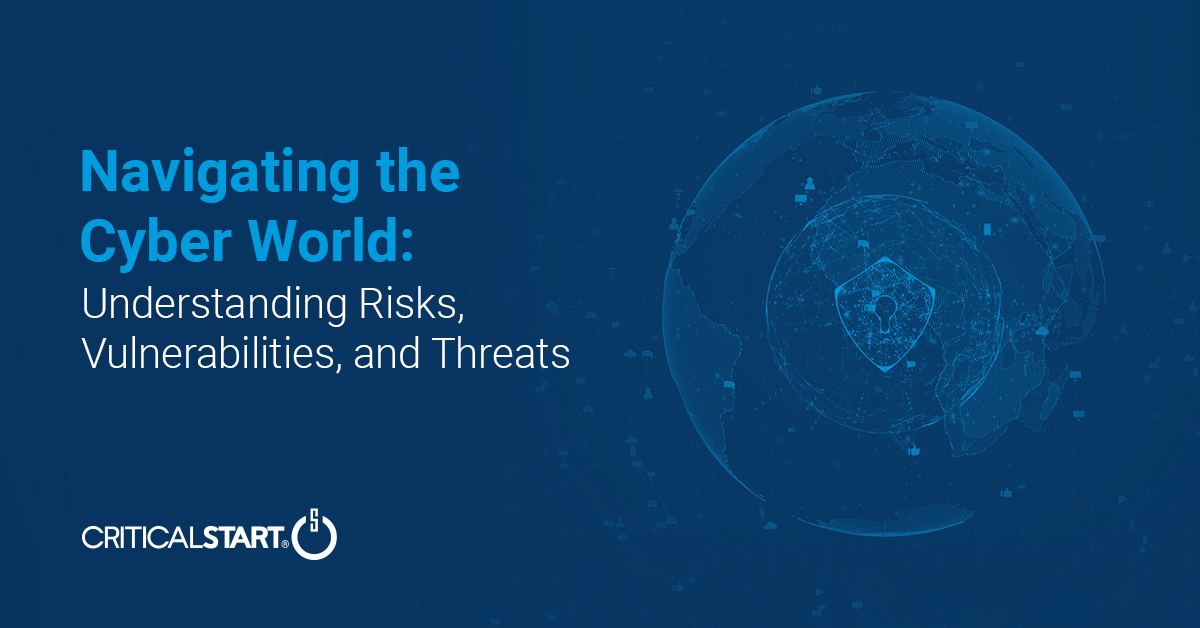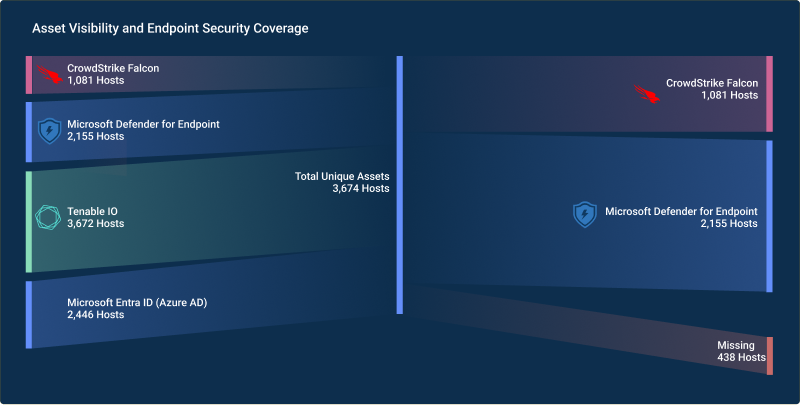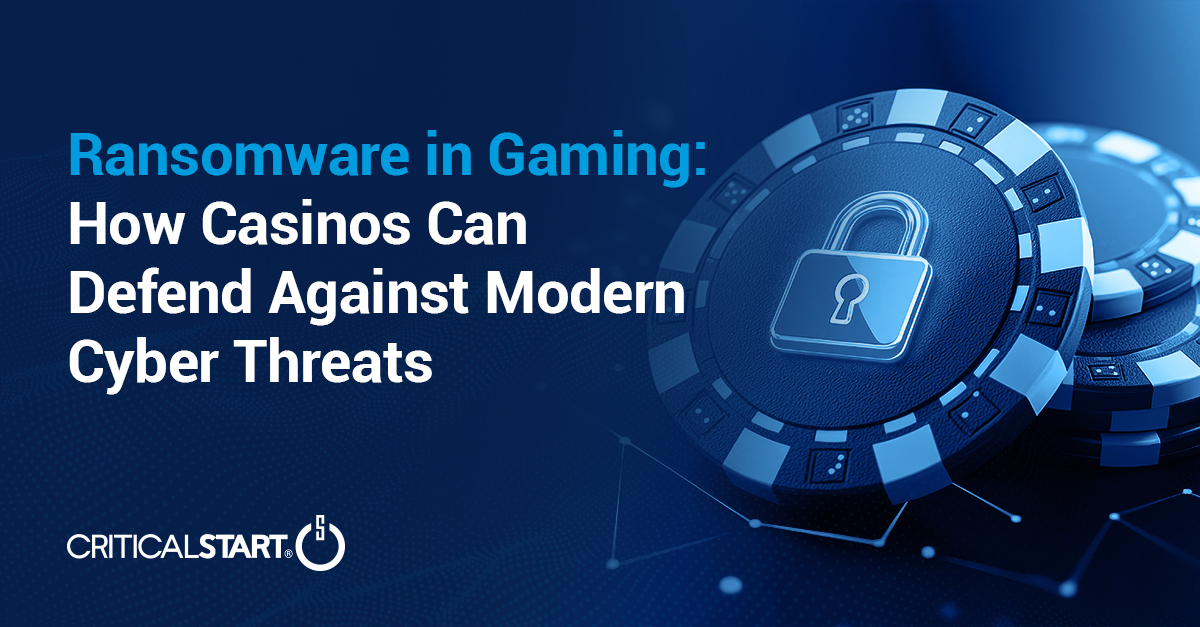As organizations find themselves short on budget and talent, security automation that supplements the work of security experts can reduce discovery costs.
It’s no secret: cybercrime is skyrocketing. Security breaches in the last five years grew by 67 percent for public and private sector organizations, according to Accenture and Ponemon Institute’s 2019 “Cost of Cybercrime Study,” with the average cost of cybercrime for an organization increasing from $11.7 million in 2017 to $13 million in 2018—an increase of 12 percent in one year.
Compounding the problem is a global cybersecurity talent shortage, with roughly two million open positions, reports ISACA as part of their State of Cybersecurity 2019 Survey. Organizations find it increasingly difficult to retain qualified cybersecurity professionals, with nearly70 percent reporting their cybersecurity teams are understaffed. Additional insights from the ISACA survey revealed that:
- 87% of respondents say they need up to 50% more cybersecurity budget
- 53% of organizations experience delays up to 6 months to find qualified security candidates
- 89% say their cybersecurity function does not fully meet their organization’s needs
- 84% of organizations believe half or fewer security job applicants are qualified
- 12% feel it is very likely they would detect a sophisticated cyber attack
What’s Changed?
Surprisingly, attacker tactics haven’t changed much in the past 10 years – phishing, malicious files, unpatched vulnerabilities, and privilege escalation are still alive and well. What has changed is the reduction in time from finding a vulnerability to being able to launch an attack using that vulnerability. A robust cybercriminal marketplace allows unsophisticated attackers to quickly launch attacks against organizations. Additionally, the size of the attack surface has exploded, with targets that now include cloud and hybrid infrastructures, IoT and Internet-connected everything, increased connections to Industrial Control Systems (ICS/OT), use of mobile devices, and a higher number of employees working remotely. As a defender, you not only have to protect this larger attack surface but do so with the same IT security budget and smaller cybersecurity talent pool.
The good news is cybersecurity is evolving. Twenty years ago, incident response teams did not have a centralized method for managing security alerts. Then Security Information and Event Management (SIEM) came along, allowing security teams to centralize and prioritize security alerts. Incident orchestration was then bolted on top of a SIEM to reduce investigation time, but that is still a drop in the bucket when most organizations receive over 5,000 security alerts per day.
Whether or not an organization has a Security Operations Center (SOC), it’s critical to ensure proper triage of security alerts and swift response to threats. This takes time and money. Ideally, organizations would have an overarching security strategy driven by a risk-based decision-making process. This approach would fund the resources required to investigate and respond to all security alerts based on risk versus limited headcount.
Instead, most companies are raising alert thresholds, ignoring entire categories of security alerts, and creating artificial incident categories to reduce alert volume. This is not a risk-based decision but an arbitrary headcount decision, in many cases driven by a lack of budget.
Organizations need to optimize their approach to security with one that doesn’t require additional budget or ignoring security alerts, regardless of the alert category. The inability to resolve massive amounts of false positives from security tools is drowning security practitioners.
Security Automation is Key
Security automation can help combat the rising cost of attack discovery,with savings of approximately $2.09 million, according to Accenture/Ponemon, factoring in investment costs. Yet adoption is still relatively low, with just 38 percent of the Accenture/Ponemon respondent sample saying they leverage automation. Automation could begin to address the shortage of skilled security staff by supplementing existing skills and capabilities. Automation that triages generic security alerts frees up time for cybersecurity professionals to invest in the business and focus on the smaller percentage of security alerts that require cybersecurity expertise.
While cybersecurity is slowly moving out of the IT basement into a cross-functional role within the organization, there is still a long way to go. As more organizations invest in security, business leaders need to improve the economic value of their cybersecurity strategies. Discovery costs will continue to escalate as cyberattacks increase. Organizations that take advantage of automation and advanced analytics to supplement the work of security experts, whether in-house or as a service, will help reduce these costs to drive positive bottom-line results.
By Rob Davis | CEO, CRITICALSTART
Featured in SecurityInfoWatch.com | March 9, 2020
![]()
Ransomware in 2025: The Real Risk, the Gaps That Persist, and What Actually Works
Ransomware attacks aren’t slowing down. They’re getting smarter, faster, and more expensive. In ...![]()
Security Operations Leaders: The Chaos Is Real
If you’re a CISO, SOC leader, or InfoSec pro, you’ve felt it. Alert volumes spike. Tools multipl...![]()
Transform Vulnerability Management: How Critical Start & Qualys Reduce Cyber Risk
In a recent webinar co-hosted by Qualys and Critical Start, experts from both organizations discusse...![]()
H2 2024 Cyber Threat Intelligence Report: Key Takeaways for Security Leaders
In a recent Critical Start webinar, cyber threat intelligence experts shared key findings from the H...![]()
Bridging the Cybersecurity Skills Gap with Critical Start’s MDR Expertise
During a recent webinar hosted by CyberEdge, Steven Rosenthal, Director of Product Management at Cri...![]()
2024: The Cybersecurity Year in Review
A CISO’s Perspective on the Evolving Threat Landscape and Strategic Response Introduction 2024 has...![]()
Modern MDR That Adapts to Your Needs: Tailored, Flexible Security for Today’s Threats
Every organization faces unique challenges in today’s dynamic threat landscape. Whether you’re m...![]()
Achieving Cyber Resilience with Integrated Threat Exposure Management
Welcome to the third and final installment of our three-part series Driving Cyber Resilience with Hu...Why Remote Containment and Active Response Are Non-Negotiables in MDR
You Don’t Have to Settle for MDR That Sucks Welcome to the second installment of our three-part bl...![]()
Choosing the Right MDR Solution: The Key to Peace of Mind and Operational Continuity
Imagine this: an attacker breaches your network, and while traditional defenses scramble to catch up...![]()
Redefining Cybersecurity Operations: How New Cyber Operations Risk & Response™ (CORR) platform Features Deliver Unmatched Efficiency and Risk Mitigation
The latest Cyber Operations Risk & Response™ (CORR) platform release introduces groundbreaking...![]()
The Rising Importance of Human Expertise in Cybersecurity
Welcome to Part 1 of our three-part series, Driving Cyber Resilience with Human-Driven MDR: Insights...![]()
Achieving True Protection with Complete Signal Coverage
Cybersecurity professionals know all too well that visibility into potential threats is no longer a ...![]()
Beyond Traditional MDR: Why Modern Organizations Need Advanced Threat Detection
You Don’t Have to Settle for MDR That Sucks Frustrated with the conventional security measures pro...The Power of Human-Driven Cybersecurity: Why Automation Alone Isn’t Enough
Cyber threats are increasingly sophisticated, and bad actors are attacking organizations with greate...Importance of SOC Signal Assurance in MDR Solutions
In the dynamic and increasingly complex field of cybersecurity, ensuring the efficiency and effectiv...The Hidden Risks: Unmonitored Assets and Their Impact on MDR Effectiveness
In the realm of cybersecurity, the effectiveness of Managed Detection and Response (MDR) services hi...![]()
The Need for Symbiotic Cybersecurity Strategies | Part 2: Integrating Proactive Security Intelligence into MDR
In Part 1 of this series, The Need for Symbiotic Cybersecurity Strategies, we explored the critical ...Finding the Right Candidate for Digital Forensics and Incident Response: What to Ask and Why During an Interview
So, you’re looking to add a digital forensics and incident response (DFIR) expert to your team. Gr...![]()
The Need for Symbiotic Cybersecurity Strategies | Part I
Since the 1980s, Detect and Respond cybersecurity solutions have evolved in response to emerging cyb...![]()
Critical Start H1 2024 Cyber Threat Intelligence Report
Critical Start is thrilled to announce the release of the Critical Start H1 2024 Cyber Threat Intell...![]()
Now Available! Critical Start Vulnerability Prioritization – Your Answer to Preemptive Cyber Defense.
Organizations understand that effective vulnerability management is critical to reducing their cyber...![]()
Recruiter phishing leads to more_eggs infection
With additional investigative and analytical contributions by Kevin Olson, Principal Security Analys...![]()
2024 Critical Start Cyber Risk Landscape Peer Report Now Available
We are excited to announce the release of the 2024 Critical Start Cyber Risk Landscape Peer Report, ...Critical Start Managed XDR Webinar — Increase Threat Protection, Reduce Risk, and Optimize Operational Costs
Did you miss our recent webinar, Stop Drowning in Logs: How Tailored Log Management and Premier Thre...Pulling the Unified Audit Log
During a Business Email Compromise (BEC) investigation, one of the most valuable logs is the Unified...![]()
Set Your Organization Up for Risk Reduction with the Critical Start Vulnerability Management Service
With cyber threats and vulnerabilities constantly evolving, it’s essential that organizations take...![]()
Announcing the Latest Cyber Threat Intelligence Report: Unveiling the New FakeBat Variant
Critical Start announces the release of its latest Cyber Threat Intelligence Report, focusing on a f...Cyber Risk Registers, Risk Dashboards, and Risk Lifecycle Management for Improved Risk Reduction
Just one of the daunting tasks Chief Information Security Officers (CISOs) face is identifying, trac...![]()
Beyond SIEM: Elevate Your Threat Protection with a Seamless User Experience
Unraveling Cybersecurity Challenges In our recent webinar, Beyond SIEM: Elevating Threat Prote...![]()
Navigating the Convergence of IT and OT Security to Monitor and Prevent Cyberattacks in Industrial Environments
The blog Mitigating Industry 4.0 Cyber Risks discussed how the continual digitization of the manufac...![]()
Critical Start Cyber Risk Peer Insights – Strategy vs. Execution
Effective cyber risk management is more crucial than ever for organizations across all industries. C...![]() Press Release
Press ReleaseCritical Start Named a Major Player in IDC MarketScape for Emerging Managed Detection and Response Services 2024
Critical Start is proud to be recognized as a Major Player in the IDC MarketScape: Worldwide Emergin...Introducing Free Quick Start Cyber Risk Assessments with Peer Benchmark Data
We asked industry leaders to name some of their biggest struggles around cyber risk, and they answer...Efficient Incident Response: Extracting and Analyzing Veeam .vbk Files for Forensic Analysis
Introduction Incident response requires a forensic analysis of available evidence from hosts and oth...![]()
Mitigating Industry 4.0 Cyber Risks
As the manufacturing industry progresses through the stages of the Fourth Industrial Revolution, fro...![]()
CISO Perspective with George Jones: Building a Resilient Vulnerability Management Program
In the evolving landscape of cybersecurity, the significance of vulnerability management cannot be o...![]()
Navigating the Cyber World: Understanding Risks, Vulnerabilities, and Threats
Cyber risks, cyber threats, and cyber vulnerabilities are closely related concepts, but each plays a...The Next Evolution in Cybersecurity — Combining Proactive and Reactive Controls for Superior Risk Management
Evolve Your Cybersecurity Program to a balanced approach that prioritizes both Reactive and Proactiv...![]()
CISO Perspective with George Jones: The Top 10 Metrics for Evaluating Asset Visibility Programs
Organizations face a multitude of threats ranging from sophisticated cyberattacks to regulatory comp...- Webinar
Are Critical Threats Slipping Through Your Defenses?
Modern security teams are buried in noisy alerts and stretched thin. Even with powerful tools like M... ![]()
Ransomware in Gaming: How Casinos Can Defend Against Modern Cyber Threats
Hackers aren’t gambling. They know exactly where to hit. And for gaming companies, the stakes ...- eBook
Ditch the Black Box: Get Transparent MDR with Critical Start
Tired of MDR providers leaving you in the dark? We totally get it. Our eBook, Unmatched Transparency...
Newsletter Signup
Stay up-to-date on the latest resources and news from CRITICALSTART.
Thanks for signing up!
